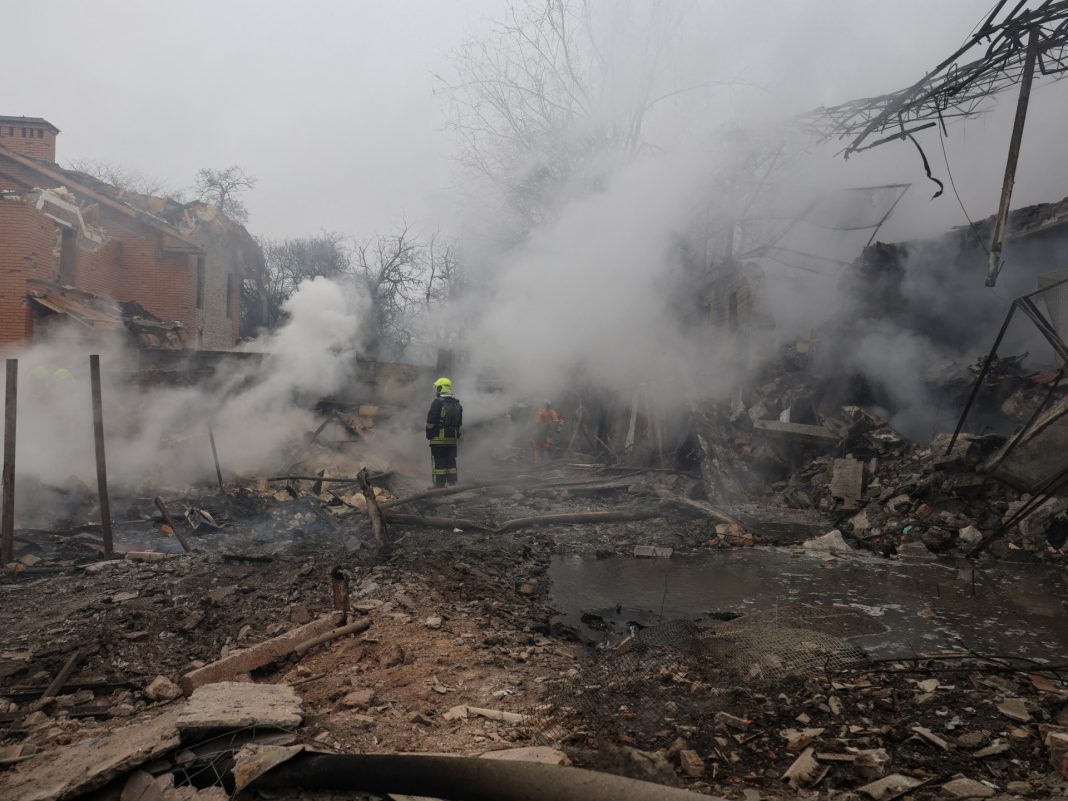Russia has stepped up its attacks on the southern port city in recent weeks with a series of deadly drone and missile strikes.
A Russian missile attack has hit civilian infrastructure in Ukraine’s Black Sea port city of Odesa, killing at least 14 people and wounding 46, Ukrainian officials say.
Russia has stepped up its strikes on Odesa in recent weeks, launching drones or missiles almost every day.
“As a result of the Russian missile attack, 14 people were killed, including local residents, a medic and a rescuer,” Oleh Kiper, the regional governor, said on Telegram.
The medic and rescuer were killed by a second missile after rushing to the scene to treat people hurt in Friday’s initial strike, Kiper added.
Ten houses, a low-pressure gas pipeline and rescue vehicles were damaged, emergency services said.
Rescuers battled to put out fires on the pipeline and in a house over a total area of about 120sq metres (144sq yards).
Twelve people, including five children, were killed in a drone strike on a residential building in Odesa on March 2.
On March 6, Ukrainian President Volodymyr Zelenskyy was showing Greek Prime Minister Kyriakos Mitsotakis the destruction caused by that attack when Russia struck the city again, killing at least five people.

Odesa, one of Ukraine’s biggest ports, has long been a target of Russian attacks, especially after Moscow quit a United Nations-brokered deal that had allowed safe passage for Ukrainian grain shipments via the Black Sea.
“The Russian terror in Odesa is a sign of the weakness of the enemy, which is fighting against Ukrainian civilians at a time when it cannot guarantee the safety of people on its own territory,” Ukrainian presidential chief of staff Andriy Yermak wrote on Telegram.
Ukraine has developed and used long-range drones to try to strike back at Russia, stepping up attacks on a string of oil refineries this week in the run-up to Russia’s three-day presidential election, which began on Friday.
Moscow has repeatedly denied targeting civilians in its full-scale invasion of Ukraine, which it launched in February 2022.







